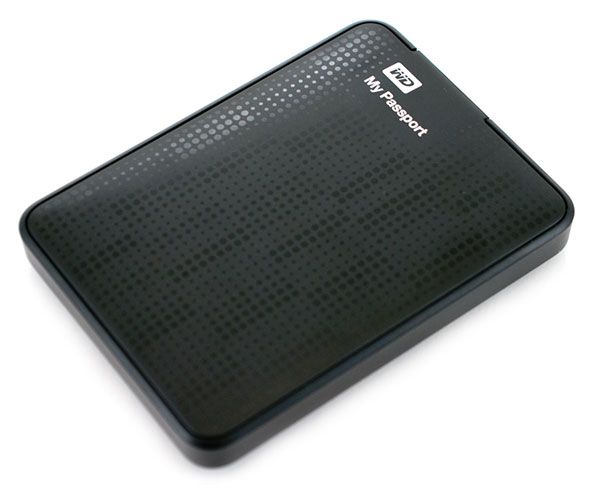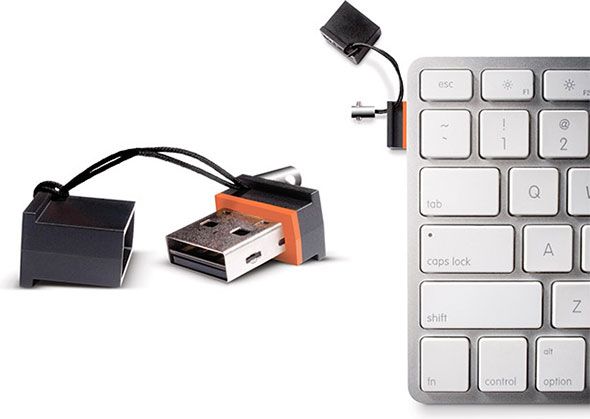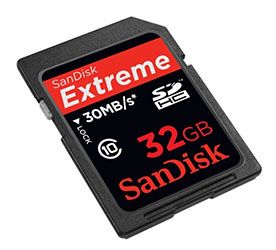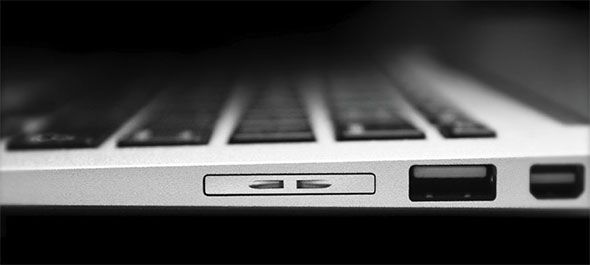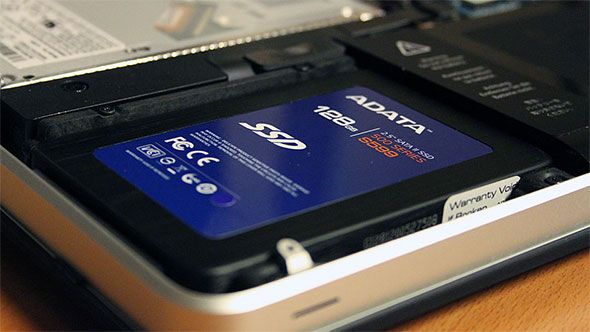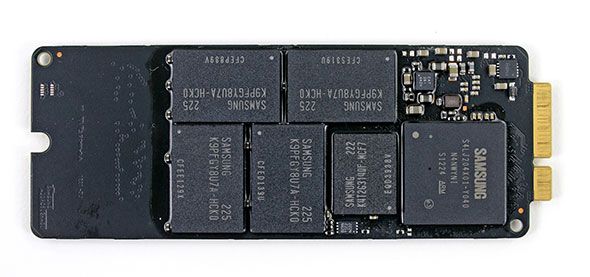So you purchased a top-of-the-line portable; a netbook, or an ultrabook. Maybe you're still taken aback by the featherlight weight of the device, and how it fits into nearly every bag—or even large pockets. Yes, these are the portables of the portables. These days, you don't even have to make too much of a sacrifice in processing power. There's only one real drawback: storage space.
The ultra-portables can't afford the room for a big, hulking hard drive. Most of the devices that roll off the line today, are equipped with ultra-light, ultra-fast SSD memories. But SSD comes at a price; literally, and figuratively. These expensive drives (although progress is made every day) still cannot reach the capacity of magnetic drives. Meaning, in essence, that you have to be very careful to rein in your data use.
Whether you're limited to a 4 GB Netbook or a 256 GB Ultrabook, worrying about Netbook storage space is hardly enjoyable. Below are some tips you can use to increase the available memory of your memory-impaired device.
1. External Hard Drives
The most obvious solution to our predicament would be to use an external hard drive. They're cheaper than ever, and easily give you the biggest storage increase you can give to your device. At the time of writing, even 2.5" models are able to offer TeraBytes (thousands of GigaBytes) of data for 100 to 200 greenbacks.
The downside of external hard drives is their lesser portability; you have to carry yet another device on the road. A wallet-sized 2.5" hard drive fits inside a jacket pocket and (unless otherwise specified) needs no external power supply. The 3.5" models give more storage for a better price, but usually require an external power source, and likely defeat the purpose of your buying a portable.
2. USB Sticks
One step down the ladder are USB sticks. You won't get the same juice out of them as you would out of external hard drives, but they sure are portable. The more bulky models are still accurately described using the term "thumb-drive" and easily fit into your pockets.
You can expect a 32 GB or 64 GB storage upgrade in the higher range of flash memories if you're willing to shell out enough money. For our purpose however, a mini flash drive is even more suitable. You won't get as much storage for your buck, but these little devices sit snugly and unobtrusively in your device's USB port, where you can leave them be at the cost of one available port.
3. SD Cards
If your device comes equipped with an SD card slot, this may be preferable over the use of USB sticks. If you have a more or less recent SD card slot at that (SDHC), the prices and storage capabilities are similar.
The main advantages of SD over USB for our purposes are those concerning practicalities. You can leave the SD card inside your device, and likely won't miss the SD card slot as much as you would a USB port. Because of the way most SD card slots are designed, it's possible to use a card or micro-SD adaptor that protrudes very little from the side of your device.
Pictured above, the Nifty MiniDrive is a (completely funded and already shipping) KickStarter project producing micro-SD adaptors for different MacBook models that blend in perfectly.
4. Replace Your Internal Drive
If you're looking for a large capacity, ultimate portable hardware solution, you can always replace your internal memory. Most devices don't offer quick access to the internal memory though, so you may have to get your hands dirty a little. First things first: go to Google to check what kind of memory your device is sporting.
If your device has a 2.5" (magnetic or SSD) hard drive and/or an optical drive, you can swap out one of these for a bigger hard drive. Both 2.5" SSD and HDD disks are interchangeable, but shelling out the extra money for an SSD gives you faster disk speeds and lower power consumption. Check out Joel Lee's article on how solid-state drives work for more information. James Bruce also wrote a wonderful tutorial on how to swap out your MacBook's DVD drive for an SSD.
If your device instead uses an SSD module (for example, like the one shown above), you'll have to do some additional research to make this work. Most of these are hardware specific, and although you can often find the replacement hardware on sites like NewEgg, there are other factors to take into account. If the memory is soldered (or worse, glued) onto the motherboard, you may want to leave it alone altogether. If your device offers no easy way to reinstall the operating system over USB, or you just want to hold on to your data, you'll also need to clone your hard drive. In any case, you'll want to look for a device-specific tutorial. Try searching Google for your device name and model in relation to replacing memory.
Keep in mind that replacing your hard drive requires you to open up your device, unless you're provided easy access by the manufacturer. This may void your warranty, and if you slip up you may damage sensitive electronics. If you head down this path, it will be at your own risk.
5. Custom Mod
Depending on the make and model of your device, more elaborate modifications of your device may be possible to add additional storage to your device. Like the category above, this requires you to search for your specific device. Just to give you an idea, Bit-Tech wrote a great article detailing how to put a USB drive inside an early model Asus Eee PC and, essentially, solder it to one of USB port's internal connections.
These mods often require you to solder and void the warranty of your device. Again, if you choose to do this, it will be at your own risk.
How hard are you in need for additional Netbook storage, and what way (or ways) will you go about it? Drop a line in the comments below the article, and tell us about the approach you'll take!


